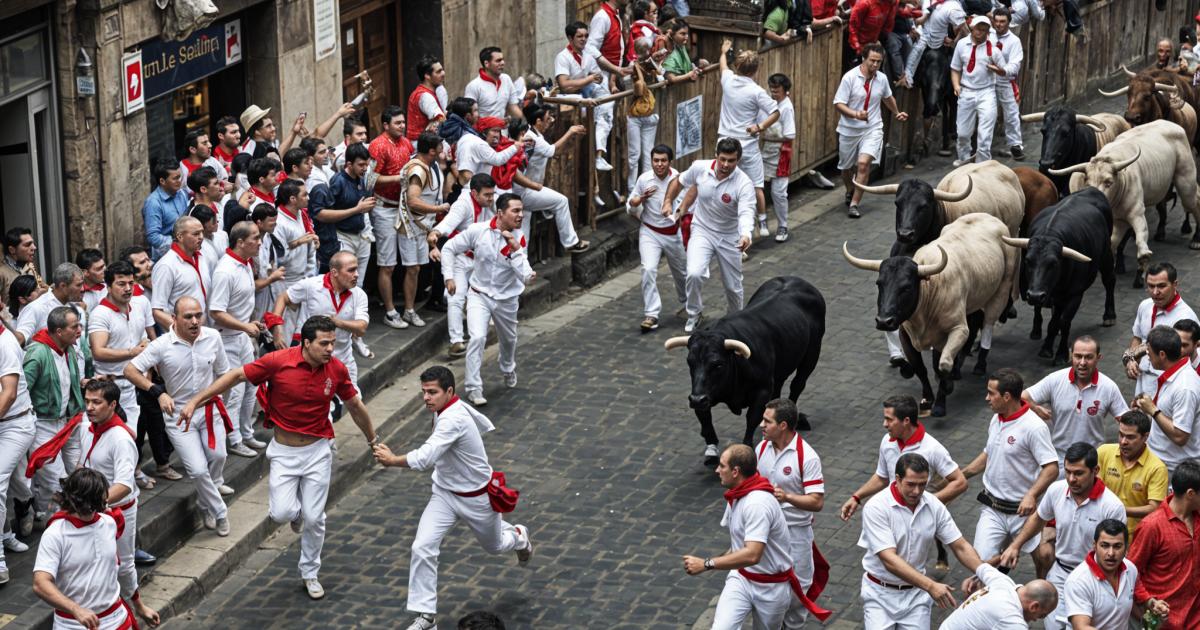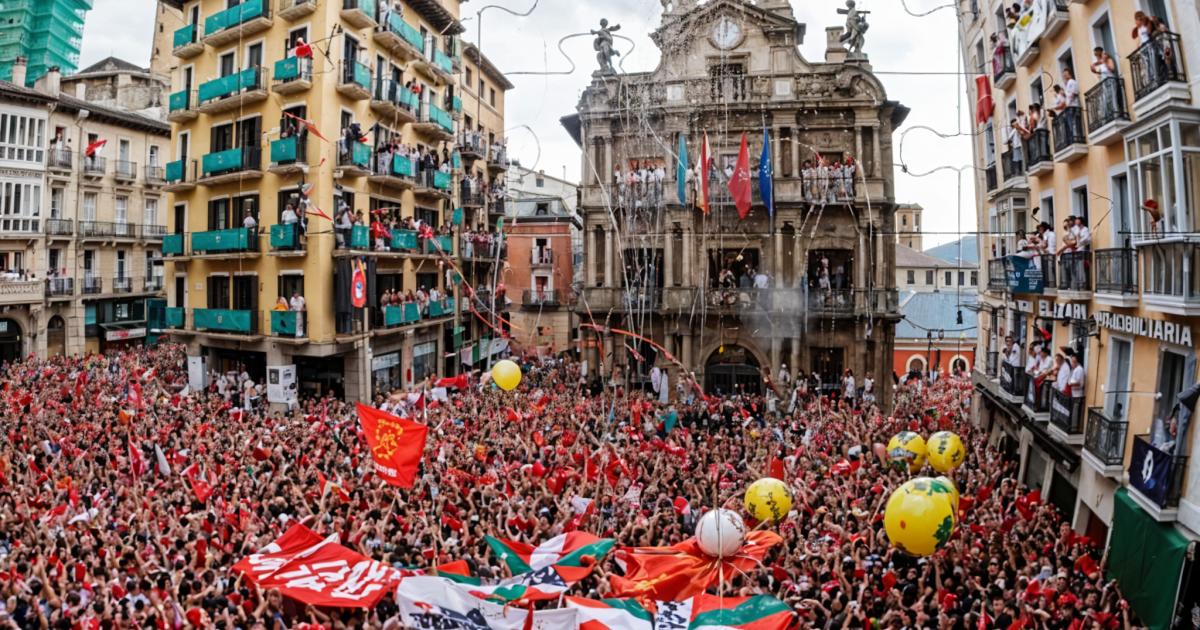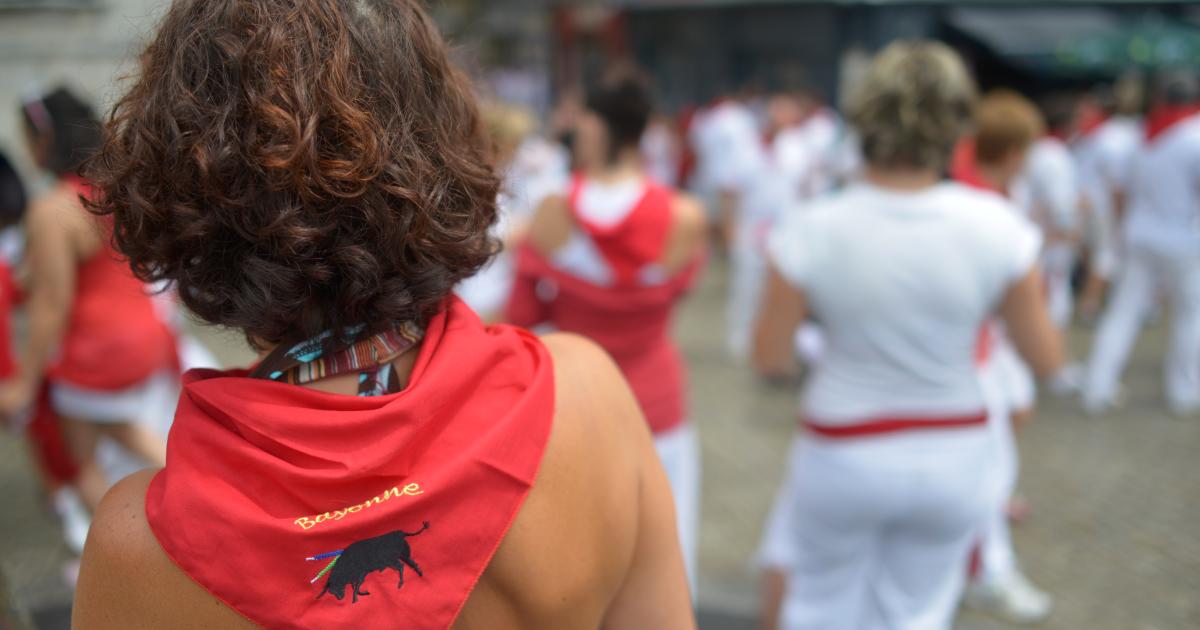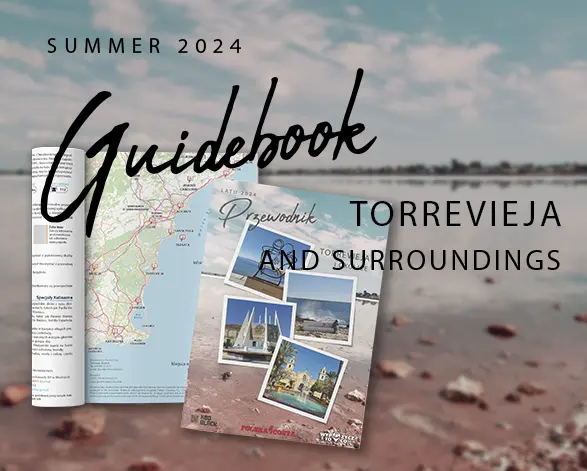
Bull racing in Pamplona
History and Significance
The city of Pamplona is known worldwide for its festivities in honor of St. Fermín. San Fermín has its roots in the Middle Ages, when celebrations were held in honor of the city's patron saint, St. Fermín, were combined with fairs and corridas. St. Fermín, according to legend, was the first bishop of Pamplona and a Christian martyr. However, the current form of the festival was not formed until the 20th century, when it gained international fame thanks to Ernest Hemingway's book "The Sun Also Rises".

Dawn of July 6: The Fiesta Begins
Sanfermines begins on July 6 at 12 noon. At that hour, the so-called chupinazo - a rocket announcing the official start of the festivities - is launched from the balcony of City Hall. Thousands of people gathered in the Plaza del Ayuntamiento in Pamplona, dressed in white outfits with red scarves, cheer as the rocket soars into the sky, signaling the start of the fiesta. It's a moment filled with euphoria that kicks off a week full of events.
Encierro: Running with the Bulls
Bull races are the main attraction of this festival, which turns Pamplona into a place of non-stop partying. The most exciting and well-known feature of San Fermín is the "encierro" - the run with the bulls, which takes place every day at 8:00 am from July 7 to 14. The first bull race takes place on time at 8:00 a.m. July 7. The gates of the Santo Domingo homestead open and hundreds of people run away from the bulls along a route through the old town, leading to the bullfighting arena.
The 848-meter running route winds through the narrow streets of the old town to the corrida arena. The runners, known as "mozos," face the bulls in an act of courage and tradition that attracts both participants and spectators from around the world. Flares fired inform the runners of the different stages of the chase: the first shot announces the opening of the gates of the enclosure; the second warns that all the bulls have come out; the third, already in the plaza - means that the bulls have reached the bullring arena; and the fourth informs that the bullring is now closed and the race is over. One of the most touching moments takes place a few minutes before the race begins. That's when the participating runners recommend themselves to Saint Fermin, chanting three times in front of the small statue located on Cuesta de Santo Domingo Street.
Culture and Fun
San Fermín is not just about running with the bulls, however. During the festivities, Pamplona becomes the stage for a variety of cultural events, concerts, fireworks displays and parades. There are also many activities for children during the holidays. Every day before noon, there are parades of giants and costumed people in the city center. The festive program also includes outdoor dance parties, concerts, dance shows and, of course, bullfights, held to great applause from groups of friends.

Community and Hospitality
The Fiesta de San Fermín is also an opportunity to experience the extraordinary hospitality of the people of Pamplona. The locals, known as "pamploneses," proudly share their culture and traditions with visitors. Numerous bars and restaurants offer regional specialties, such as pintxos - small snacks that are a true delicacy of Navarre.
Closing
Sanfermines ends on July 14 at midnight, when everyone gathers in City Hall Square and sings "Pobre de mí" (what will be with me) by candlelight, bidding farewell to the holiday until next year. San Fermín is a holiday that brings people from all over the world together in a spirit of joy, courage and community. It is not only a time of fun and excitement, but also an opportunity to immerse themselves in the rich culture and history of Pamplona. For many participants, it is an unforgettable experience that remains in the heart forever. If you have the opportunity, visit Pamplona during San Fermín and experience this unique fiesta for yourself.
Viva San Fermín!
Gora San Fermín!







